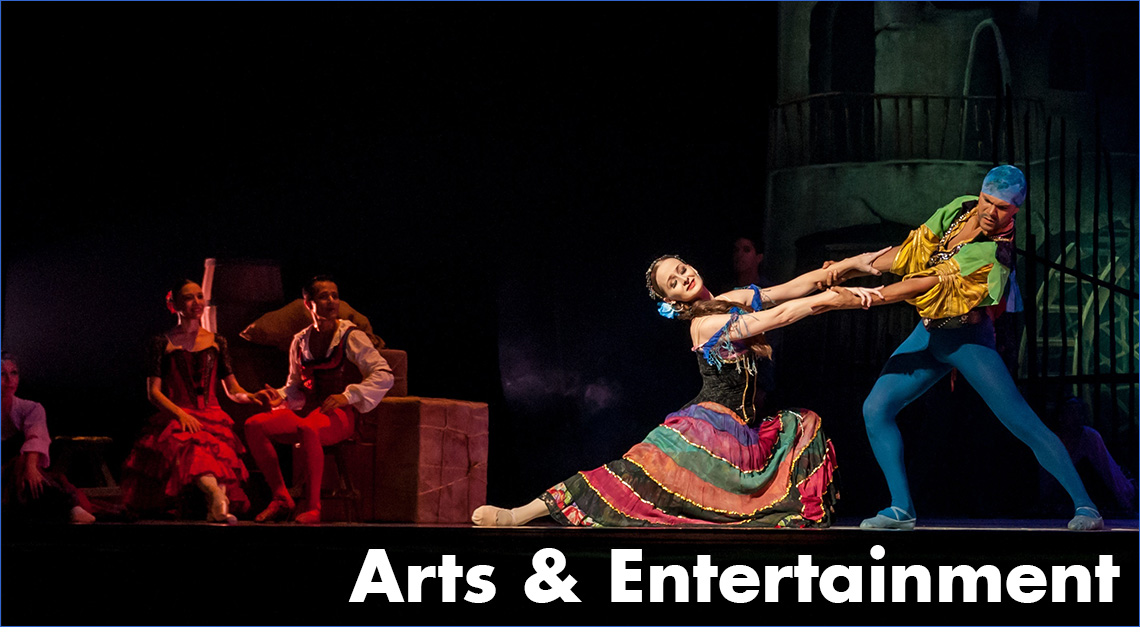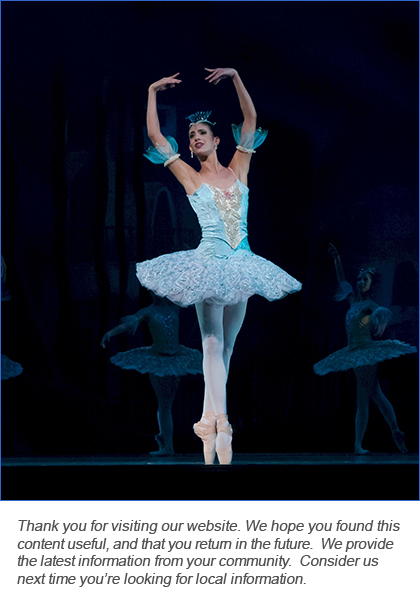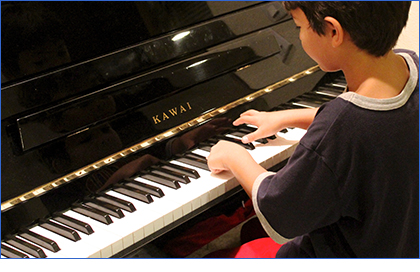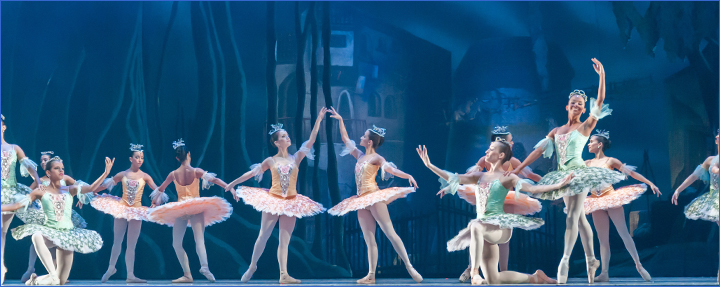Classical Arts Improve An Individual's Principles & Character
The classical arts have dropped out of the mind of pop culture. Although you can make a very strong argument that pop culture is nothing more than an evolution of the classical arts. As sports and entertainment have dominated our visual attention, we have pushed the classical arts to the back of the class, figuratively speaking.
In this brief article I’m going to attempt to make the point that introducing your children to the classical arts will reap benefits in their development into adulthood, especially in a fast moving media environment as we see today in 2016. In my opinion the end goal of each young classical art student is twofold, beyond just developing the talent to perform the art, first a young student will gain the ability to discern what their mind consumes, and second learn to adapt the arts to communicate with others in the professional career the student later pursues.
Classical Arts’ History
The first step to a young classical art student is history, know it, study it, and be especially aware of it. This can be a great advantage to the student, for the reason that knowing why a piece of art resonated with society’s population at a point in history, the student may be able to adapt the same finesse in the at most creative way to a project in the future. A key item to this first step is being aware that there is no new thing under the sun. That does not mean we become complacent and reproduce the same piece of art. We see this today in the film industry, Hollywood seems to enjoy to remake their classic films with a modern English dialect that will resonate with a younger audience.
Knowing the history of a piece of art is important, but in my opinion so is knowing the two purposes of every great piece of art. I believe great art serves two purposes, the first is the ostensible or apparent purpose and the second is the imaginative purpose. The first is very clear, with dependence on the medium, it can be the message in the 30 second television commercial, or the 120 page screenplay that is transformed into a 120 minute film. However the second purpose can be a little more difficult to discern, because of context. A piece of poetry may be using words to paint a beautiful picture in your mind, but those words are simply an analogy to a completely different meaning and narrative than its apparent form.
I could have not said it better then George A. Kennedy, PhD, author of the book, The Cambridge History of Literary Criticism: Volume 4, The Eighteenth Century, which states that "Great Art, like nature, is organic and gives the impression of necessity. Yet it is also autonomous and has to be distinguished from nature. For in art truth and fiction are blended into a whole whose imaginary existence can cast a spell on us. Aesthetic judgements are about art must not be influenced by extrinsic considerations, whether theological, philosophical or political. Art is didactic, but always indirectly so; to teach must never be its ostensible purpose".
A great aspect to studying and learning classical art history is avoiding the pitfalls and mistakes committed before. As any great artist will tell you, they create, absorb, and recreate. Introducing this scholarly process early in your child’s life will reap great results later in life, so I highly recommend every parent to challenge their children to discover truth by building on previous discoveries. As Isaac Newton once wrote in the 17th century, "If I have seen further, it is by standing on the shoulder of giants.
Classical Arts' Interest
Whether children choose to study dance, music, painting or theater, it really doesn’t matter. The historical framework of the art form is there to be studied and put into context with today’s form of communication. Building this curiosity and interest in the classical arts will give your children the knowledge and skills to create or communicate with their influence. Many teachers today already implement the classical arts as tools, for example, a school theatrical performance with a historical narrative to give the audience a quick view at history.
This interest will not come on its own. With all the media we have around us, it will be very hard to compete for attention and focus. That is why introducing a young student to the art and challenging him or her to perform it is important to begin building this curiosity or interest in the classical arts. Yes, this push will need to come from you, the parent, especially the historical aspect of the art. Like I previously said, we are dealing with short attention spans, so you need to challenge the child for scholarly results, not just for mockery.
The history and interest of the world’s classical arts may coalesce to offer your child great purpose and determination going out into the world. Allow them to discern between what they consume visually, audibly, and essentially mentally. We already teach our children to watch what they eat, for example, to not eat too much sugar, or carbs, so why not help educate them on what they watch, read, or hear. This all starts with a study of any of the classical arts.
Published: August 1, 2016
By: Phillip Gilliam






 ,
,